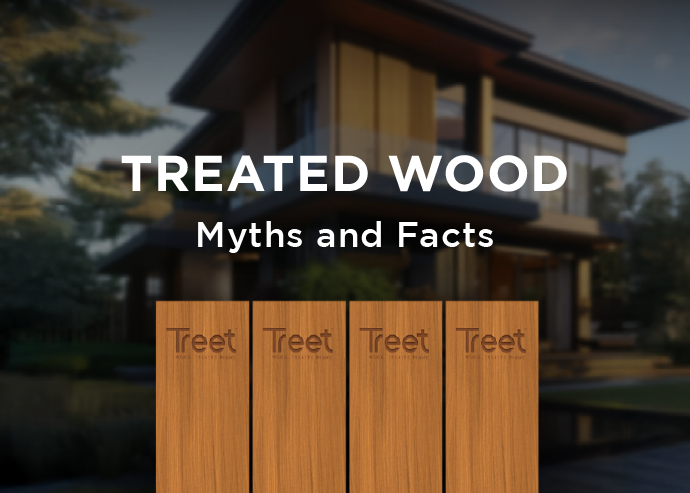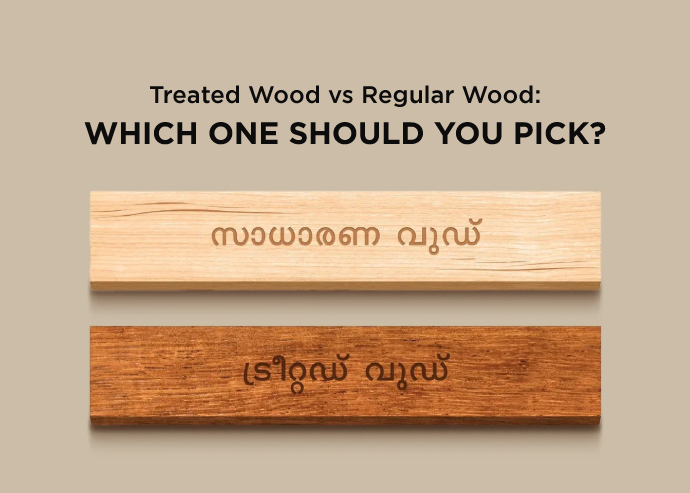Blog Details

Treated Wood: What Common Myths Should You Stop Believing?
Every industry has its share of half-truths and hearsay. Wood is no different. Ask five different people about treated wood, and you’ll probably get five very different answers – from “it looks fake” to “it’s full of chemicals” to “it doesn’t last anyway.”
The truth is far simpler, and much more useful for anyone planning to build or renovate. Let’s separate myths from facts.
Myth 1: Treated wood looks unnatural
Fact: Treatment doesn’t change the natural beauty of wood. The grains, textures, and tones remain the same. If anything, treatment helps them last longer without fading or losing character. Imagine teak or merbau staying gorgeous year after year instead of weathering unevenly.
Myth 2: It’s just about chemicals
Fact: Treatment is a process, not just a chemical dip. It starts with careful drying to reduce moisture and prevent warping, followed by the right preservative infusion. The result is wood that resists pests and decay from the inside out. It’s more science than shortcut.
Myth 3: Treated wood is toxic for homes
Fact: Modern preservatives are carefully chosen for safety in residential use. The goal is simple – keep termites and fungi out while making sure the wood remains safe to live with. You get durability without compromising health.
Myth 4: It costs too much
Fact: Treated wood is an investment. Yes, the upfront cost can be higher, but compare that with repairing termite damage or replacing warped doors every few years. Over time, it saves you money and stress.
Myth 5: Any treated wood will do
Fact: Not all treated wood is created equal. The quality of the process, the wood species, and the expertise of the supplier make all the difference. A brand that stands behind its product with a warranty shows you exactly how confident they are in the treatment.
Why Knowing the Difference Matters
Misinformation often keeps homeowners from making the smarter choice. Treated wood is not a fancy add-on – it is a practical, long-term solution to the real challenges of building in Indian conditions.
If you’re curious about how treatment actually works, check out Treet’s blog on the science behind treated wood. It breaks down why termites and decay don’t stand a chance when the process is done right.
Final Word
Myths are easy to spread. Facts take a little more care. When it comes to something as central to your home as wood, it pays to know which is which. Treated wood keeps your home strong, beautiful, and worry-free for years, and that’s not a myth – that’s a fact.




